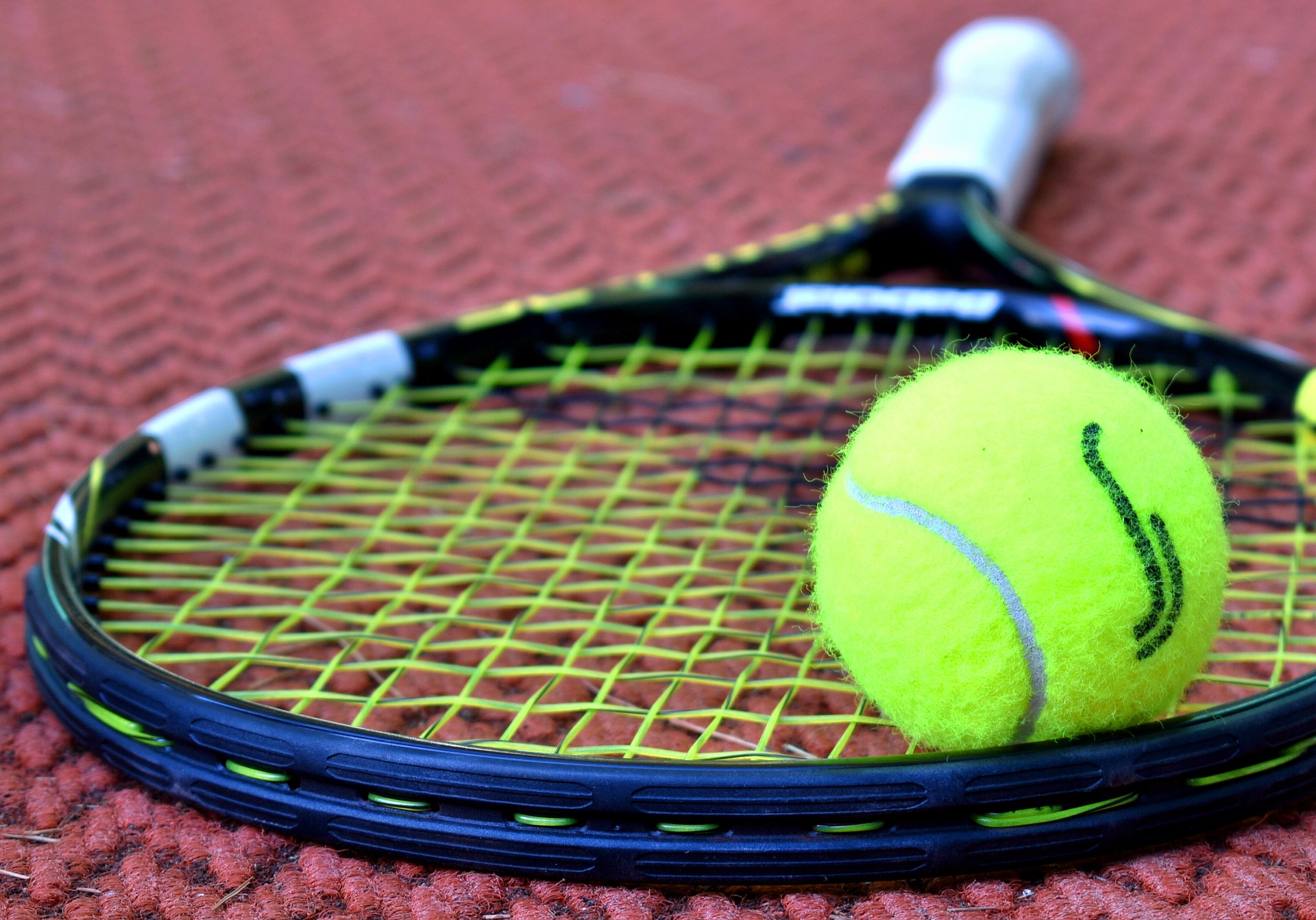
Wimbledon 2020 Cancelled
It is almost that time of the year when people would go watch a sporting
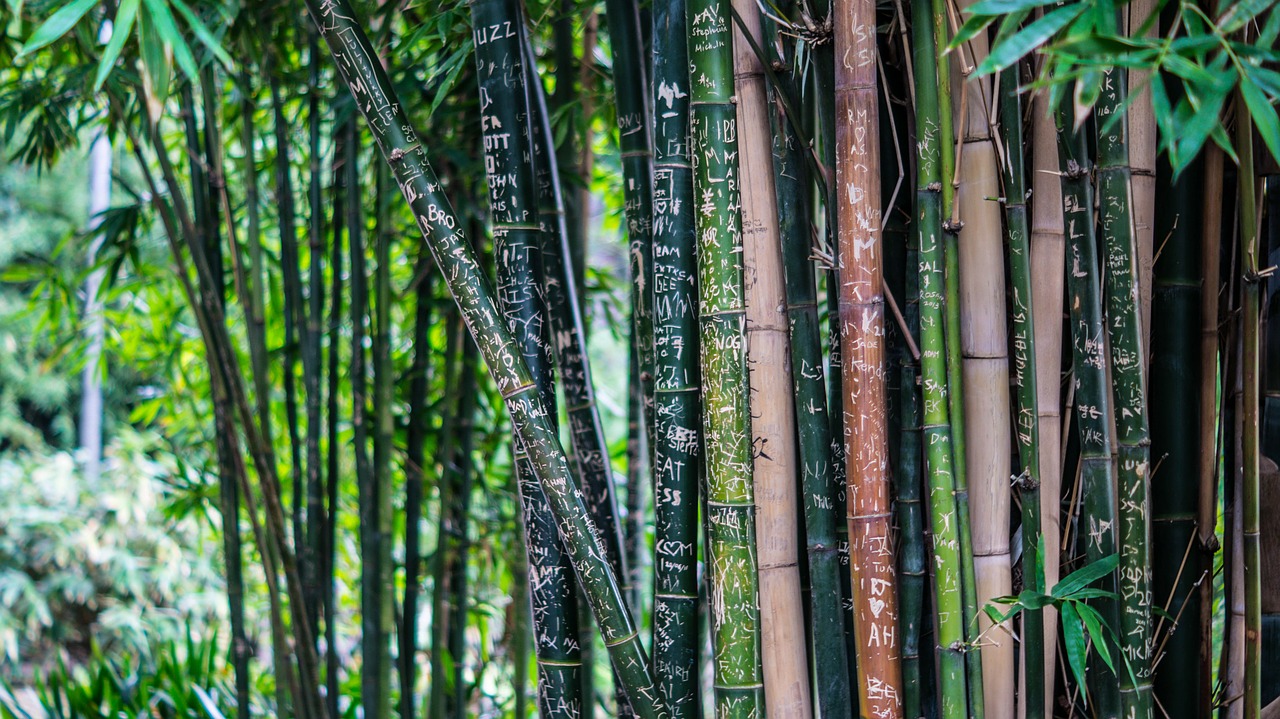
Bamboo is one of the most amazing plants there is. Bamboo has become increasingly popular over the past few years because of just how wonderful it is.
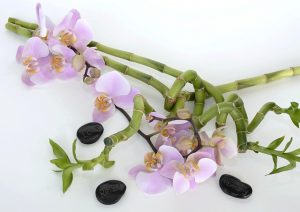 No matter where in the world a bamboo plant is, it will develop flowers at the same time as all the other plants of its species.
No matter where in the world a bamboo plant is, it will develop flowers at the same time as all the other plants of its species.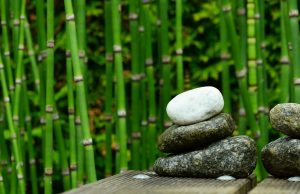 Bamboo can grow at different altitudes and a variety of climates, but grows best in the tropics.
Bamboo can grow at different altitudes and a variety of climates, but grows best in the tropics. Bamboo is a versatile plant that can be used for construction, medicine, clothing, crafts, and food.
Bamboo is a versatile plant that can be used for construction, medicine, clothing, crafts, and food.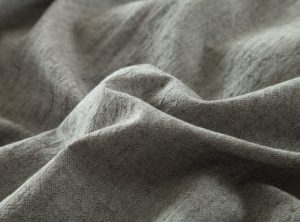 Bamboo fibres are the strongest natural fibres in the world, making bamboo textiles very durable.
Bamboo fibres are the strongest natural fibres in the world, making bamboo textiles very durable.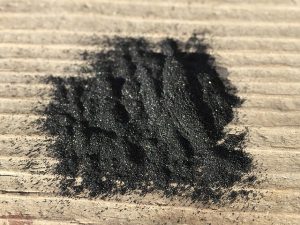 Because of its antimicrobial bio-agent, bamboo antifungal and makes bamboo fibre odour resistant.
Because of its antimicrobial bio-agent, bamboo antifungal and makes bamboo fibre odour resistant.

It is almost that time of the year when people would go watch a sporting
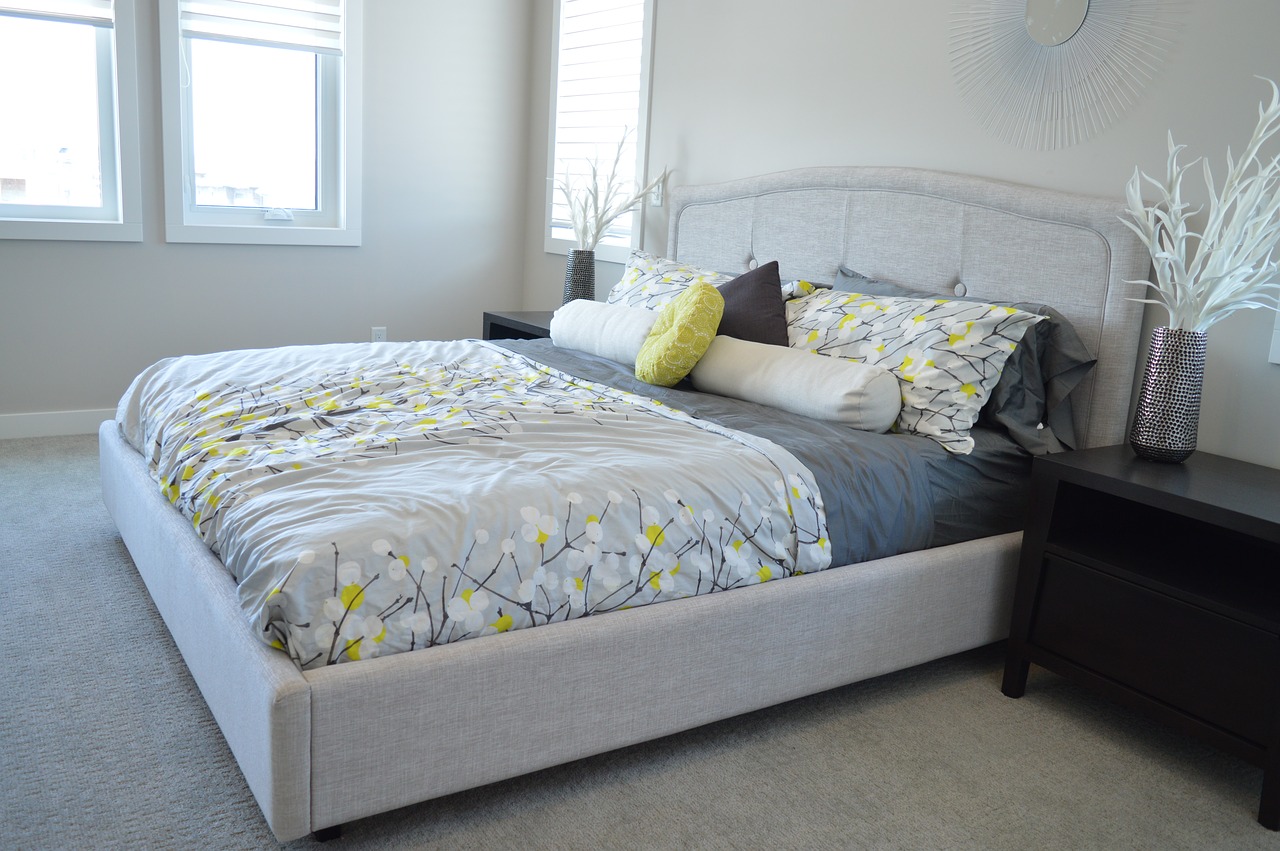
Queen Elizabeth II has two birthdays to celebrate: her actual birthday on 21 April and

The first of May is celebrated by many countries around the world as Labour Day